 |
 |
 |
| |
Trends in HIV-Related Mortality Among People of Reproductive Potential in the United States
HIV Deaths Plunge in Reproductive-Age US Women From 1999 to 2020
|
| |
| |
IDWeek, October 16-19, 2024, Los Angeles
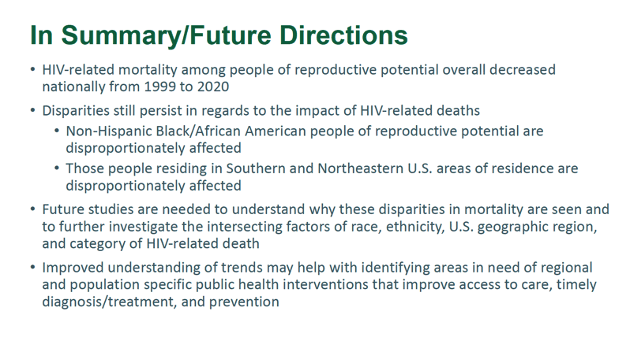
Mark Mascolini
In US women of child-bearing age, HIV-related mortality fell from 4.2 per 100,000 women in 1999 to 0.8 per 100,000 in 2020, according to analysis of the CDC WONDER database by non-CDC researchers [1]. Black women with HIV saw a steep drop in age-adjusted mortality rate (AAMR) over those years, but in 2020 their AAMR remained 3.7-fold higher than that of reproductive-age white women.
Lauren Rybolt (University of South Florida, Tampa) and colleagues in Pakistan and Ireland set out to explore rates and correlates of HIV-related AAMR in reproductive-age women because little work has addressed that issue. They conducted a retrospective analysis of the freely accessible Centers for Disease Control and Prevention (CDC) epidemiologic database, CDC WONDER [2]. The researchers defined HIV-related deaths as those with ICD-10 codes B20 through B24. Calculation of AAMR took the year 2000 as the standard for age adjustment because 2000 is the year CDC WONDER uses for age adjustment.
From 1999 to 2020, the researchers counted 29,358 deaths from HIV in US women aged 15 to 44. In the whole study population that number translated into 2.2 deaths per 100,000 women. In contrast, people assigned male at birth had an HIV-related AAMR of 5.2 per 100,000 in the 15- to 44-year age group.
In 1999, the first year of the study period, HIV-related AAMR stood at 20.9 in non-Hispanic black women, 17 times higher than in non-Hispanic white women. By 2020, AAMR in non-Hispanic blacks had tumbled to 3.7 deaths per 100,000 women, a rate still 3.7 times higher than in non-Hispanic white women with HIV.
In urban areas AAMRs across the study period nearly doubled AAMRs in nonurban areas (2.4 versus 1.4 per 100,000). Most of the overall 1999-2020 drop in AAMR among women with HIV came in urban women, while the AAMR in nonurban women fell more slowly. By 2016 AAMRs came close to equivalence in urban and nonurban women.
The highest AAMR range for HIV-related mortality over the study period (2.9 to 19 per 100,000, fifth quintile for study group) occurred in Mid-Atlantic states (New York, New Jersey, Maryland, Delaware, Washington, DC) and the South (South Carolina, Georgia, Florida, Mississippi, Louisiana). By US Census region, HIV-related AAMR proved higher in the South (3.5 per 100,000 women) and Northeast (3.2) and lower in the Midwest (0.9) and the West (0.7).
Women 35 to 44 years old accounted for two thirds of HIV-related deaths (67%) in this group, while 29% of HIV deaths involved women 25 to 34 years old, and 4% women 15 to 24 years old. Most deaths in this study group, 60.4%, occurred in the hospital, while 13.8% happened at home, 9.9% in a nursing home, and 4.6% in a hospice.
Although HIV-related mortality among women of reproductive potential dropped sharply from 1999 through 2020, the researchers underlined disparities in this decline by race and geographic region. To understand these trends better, they called for future research to explore intersecting factors of race, ethnicity, geographic region, and category of HIV death.
References
1. Shah MDA, Aslam S, Rybolt DE, et al. Trends in HIV-related mortality among reproductive-aged women in the United States. IDWeek, October 16-19, 2024, Los Angeles. Abstract 389.
2. Centers for Disease Control and Prevention. CDC WONDER. https://wonder.cdc.gov/
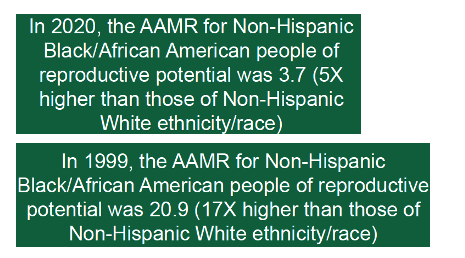
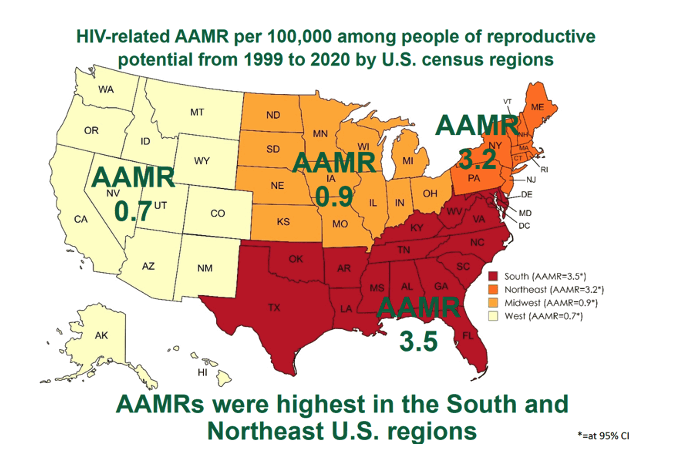
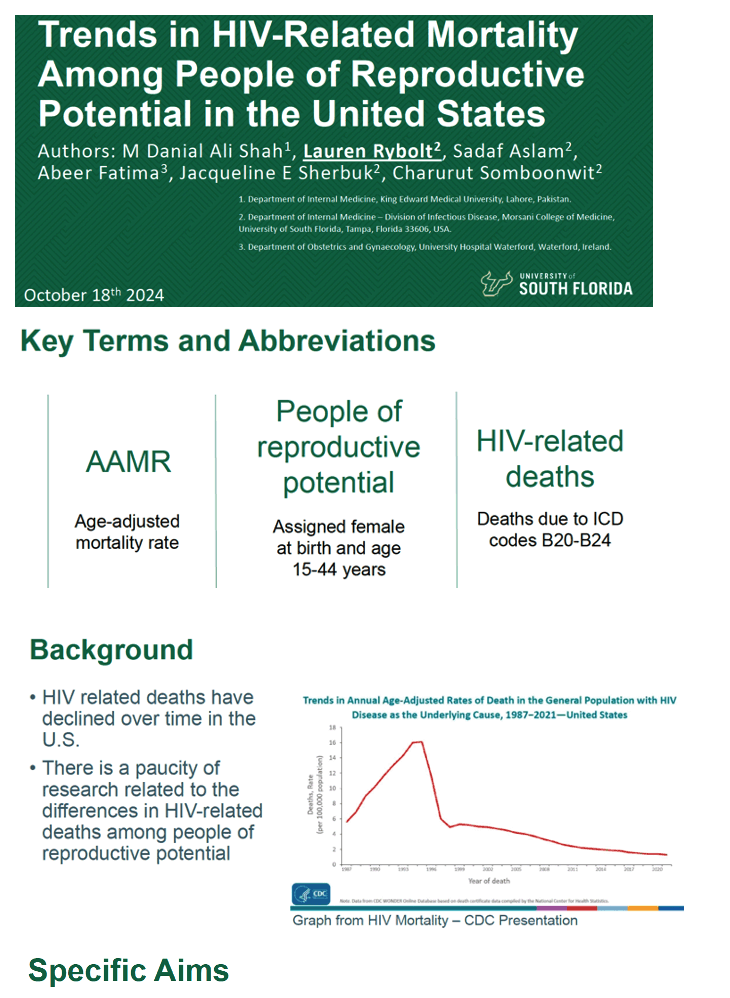
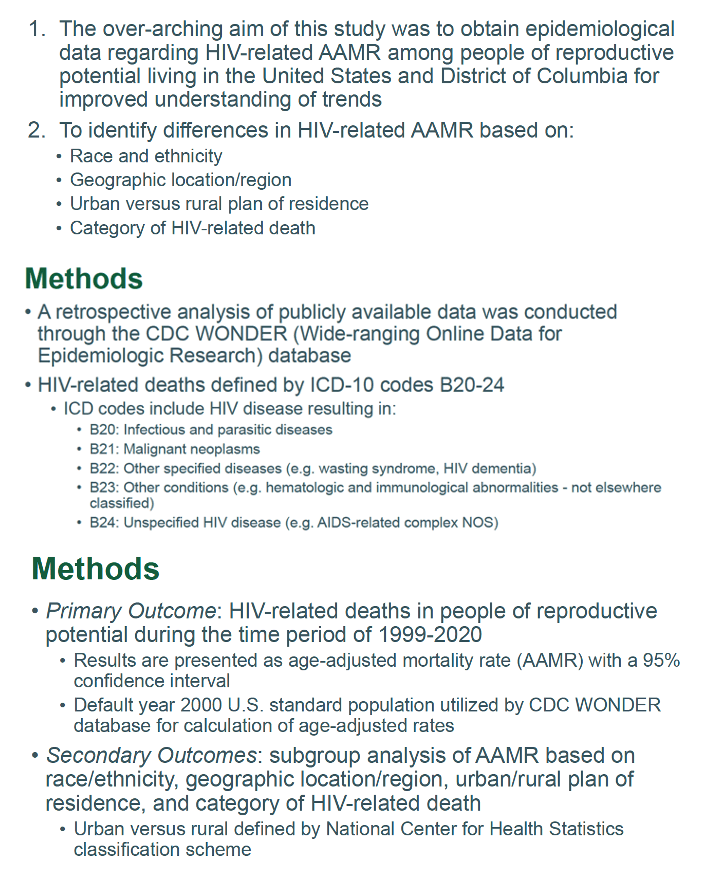
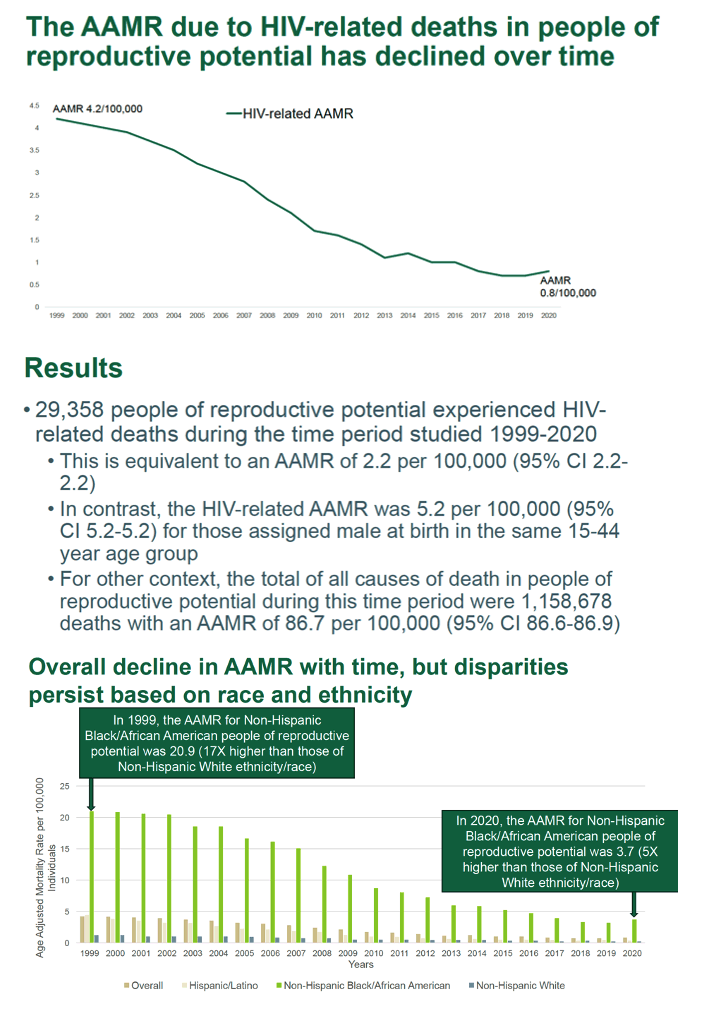
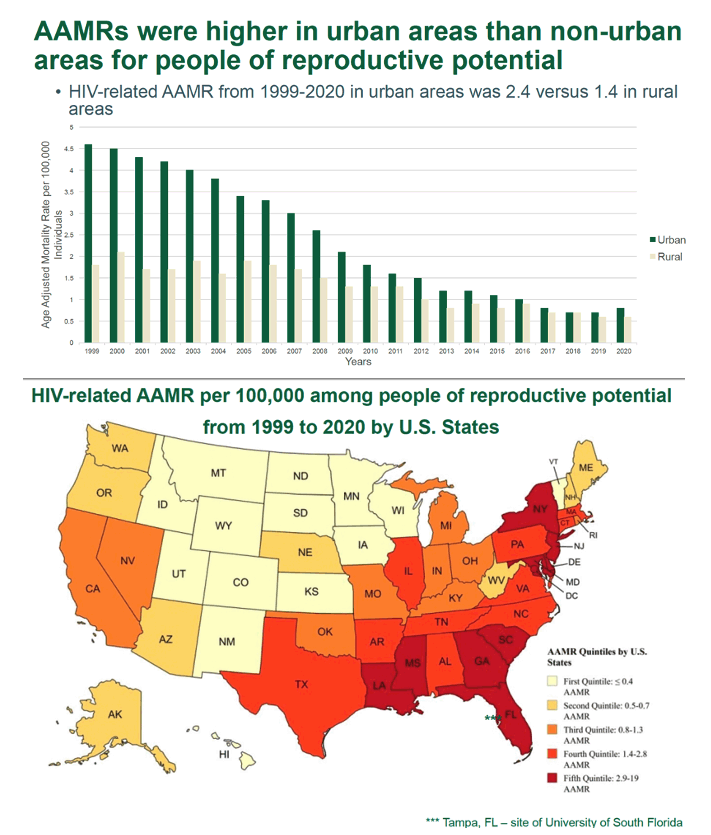
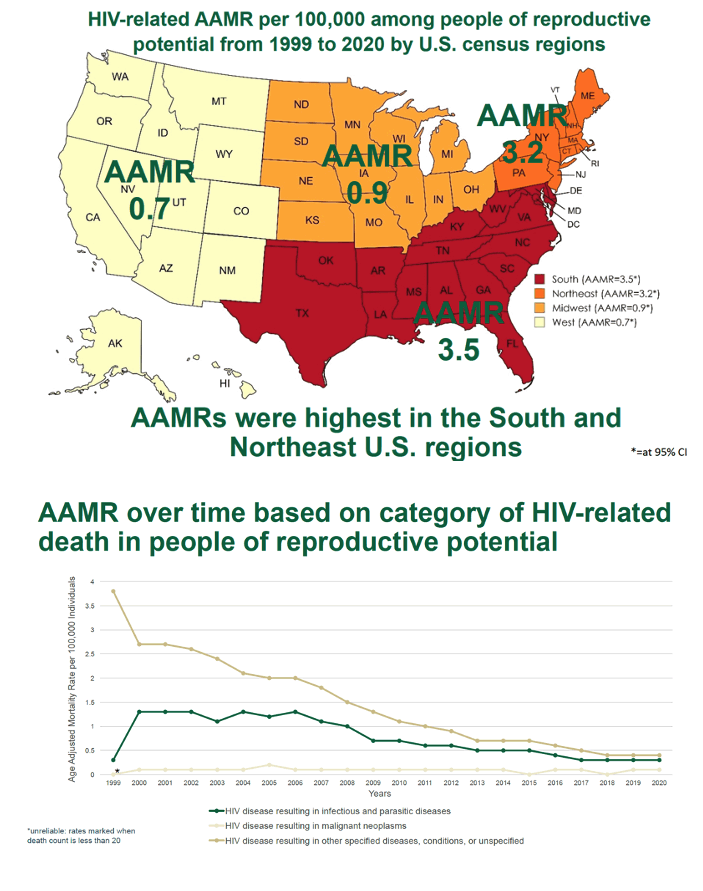
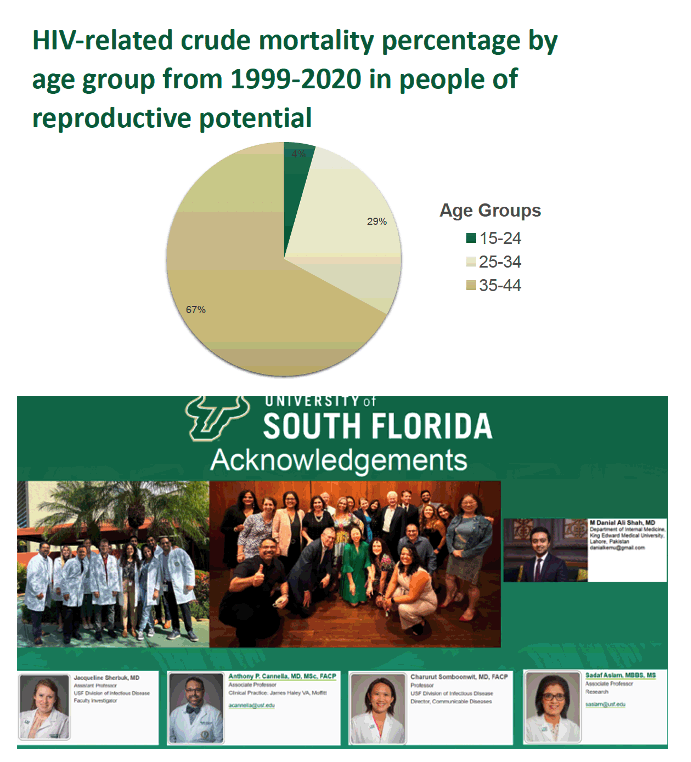
|
| |
|
 |
 |
|
|